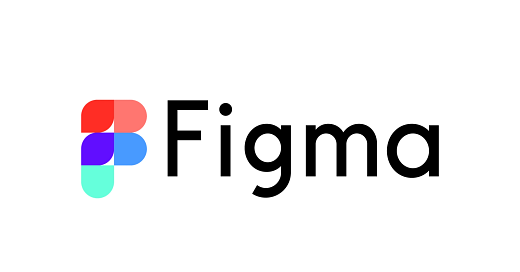How Figma Stole Adobe's Customers By Focusing On Community Led Growth
Figma was started in 2012 by Dylan Field and Evan Wallace after receiving $100,000 from the Thiel Fellowship to drop out of college and launch a startup.
Around that time, Evan was experimenting with WebGL, a new technology for rendering high-performance graphics within a web browser. After realizing the power of WebGL, the duo decided to build a collaborative web-based graphic design platform that utilizes it.
Why a web-based design platform? In 2010, Google acquired DocVerse and turned it into Google Docs. Dylan and Evan saw that there was a shift toward web apps that are inherently more accessible than desktop alternatives. Meanwhile, even though the design process is collaborative, the popular tools were all single-player desktop programs.
Dylan and Evan weren’t designers and didn’t know the pain points their potential users faced. They quickly turned this weakness into a strength by focusing on building ties with the community early on.
Even in the earliest phases of development, the team would reach out to designers to get their feedback. They also hired an influential designer as an evangelist in order to spread the word.
As the company grew, it scaled the community engagement initiative by hiring designer/community advocates -- more than 70 advocates currently work there.
While companies such as Adobe focused on signing large corporate clients, Figma zeroed in on onboarding individual users who would then invite their colleagues to collaborate on the platform, and when a user moved to a new company they would bring Figma with them leading to its viral growth.

Soon, Figma became the preferred platform for designers and even employees of Microsoft which is a strategic partner to Adobe opted to use it instead.
Fast forward to September of this year, Adobe announced a deal to acquire Figma for $20 Billion, its largest acquisition to date!




